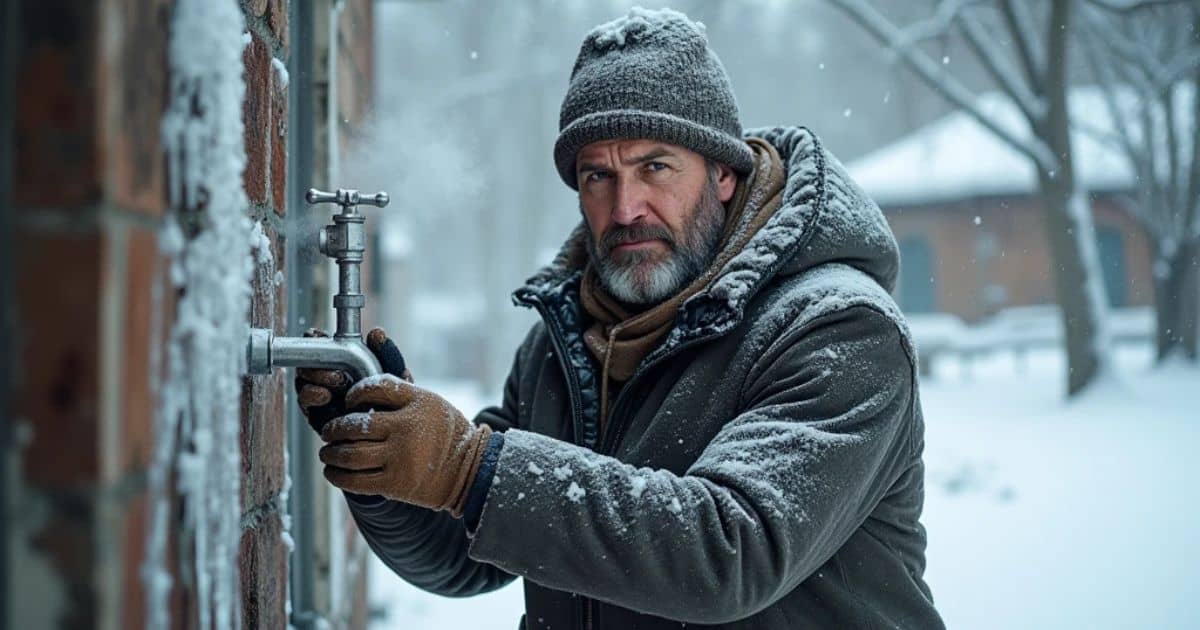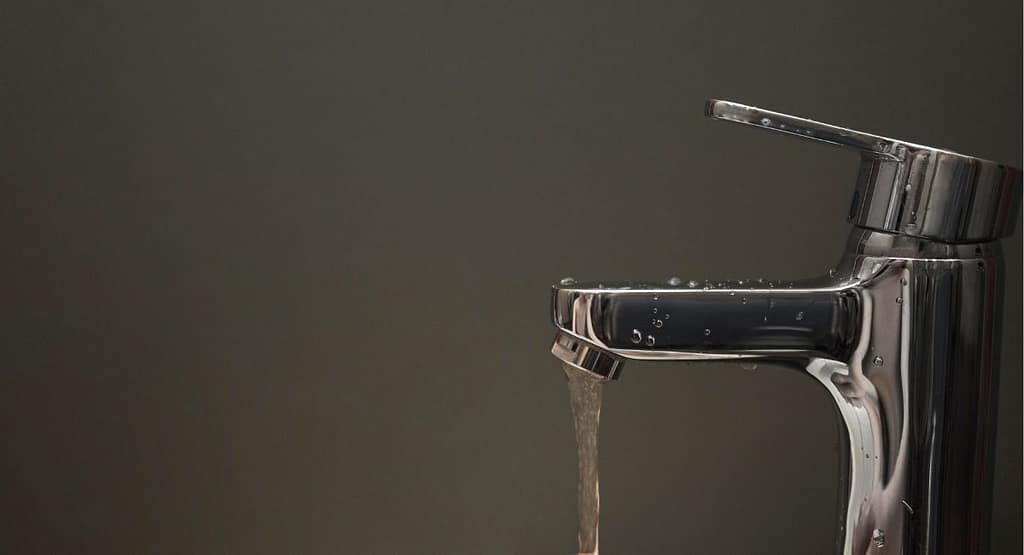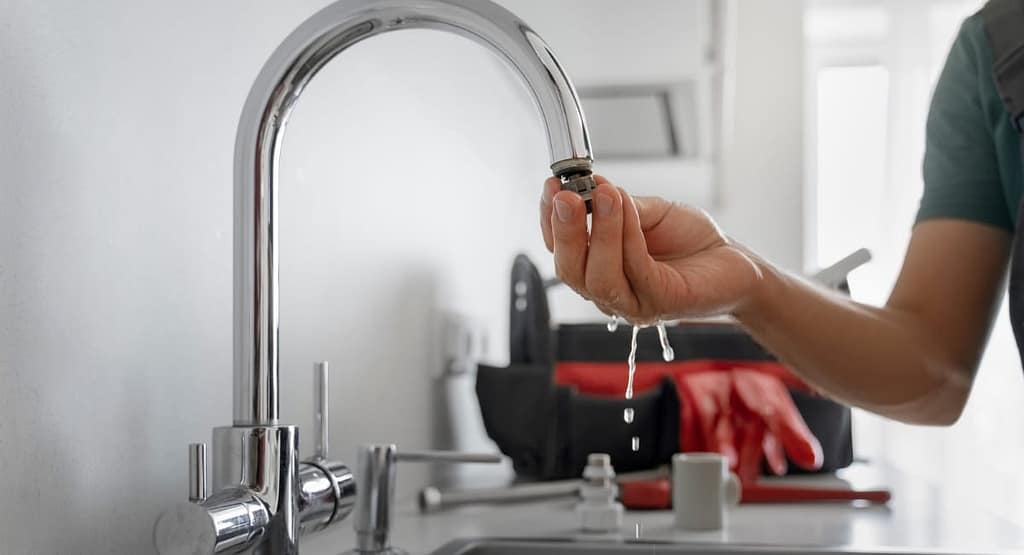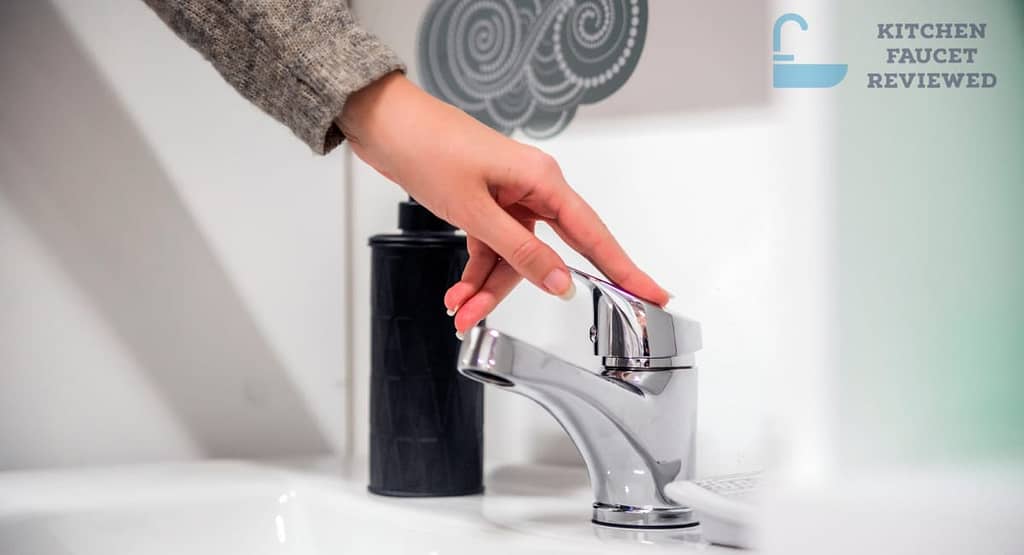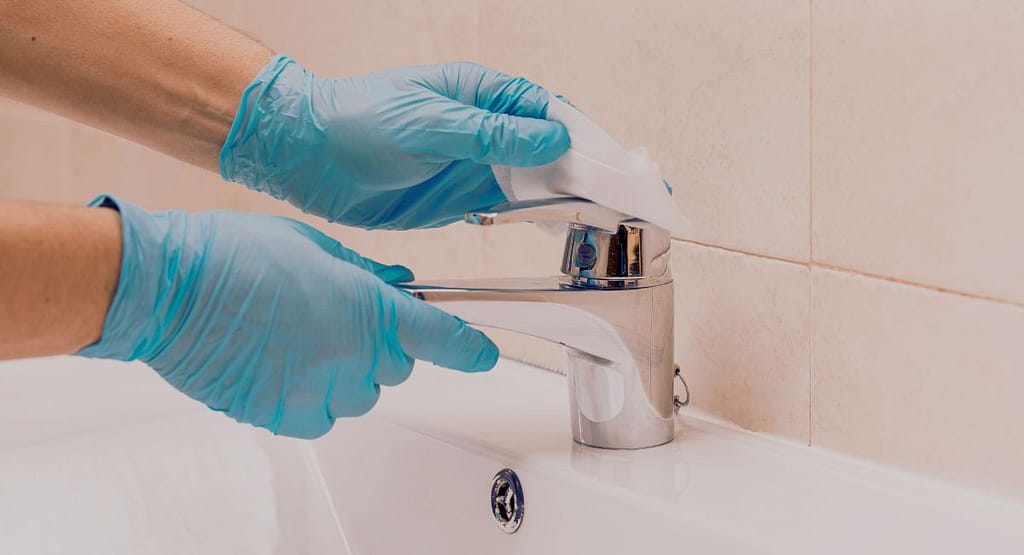As the winter season approaches, the threat of frozen faucets becomes a common concern for homeowners. A frozen faucet can lead to a host of problems, from water supply disruptions to costly repairs. However, with the right preventative measures, you can safeguard your kitchen or bathroom faucets from the bitter cold and ensure a steady water supply throughout the winter. In this comprehensive guide, we’ll explore a range of strategies and tips to help you prevent your faucets from freezing during the winter season.
How to Prevent Your Faucets from Freezing in the Winter Season?
Understanding the Causes
Before I start prevention methods, it’s important to understand why faucets freeze in the first place. When temperatures drop, water inside the pipes can freeze, causing expansion and potential blockages. This can result in burst pipes, damage to faucets, and water flow interruptions.
Preventative Measures
1: Insulate Your Pipes
Insulating your pipes is a crucial step in safeguarding your plumbing system from the harsh effects of cold weather, particularly in preventing faucet freezing. This practice not only contributes to the longevity of your plumbing but also helps ensure uninterrupted water supply during the winter months. In this article, we’ll explore the significance of pipe insulation and the methods you can employ to protect your pipes effectively.
Importance of Pipe Insulation:
Preventing Faucet Freezing: Faucet freezing occurs when the water inside your pipes freezes, causing potential damage to your plumbing system. This can lead to costly repairs. Pipe insulation acts as a barrier against extreme cold, preventing water from freezing within the pipes.
Energy Efficiency: Insulating your pipes not only protects against freezing but also conserves energy. When water in your pipes remains at a stable temperature, your water heater doesn’t have to work as hard to maintain that warmth. This, in turn, leads to energy savings and a reduced utility bill.
Reducing Heat Loss: Insulated pipes retain heat, ensuring that hot water stays hot and cold water remains cold. This reduces the need for water to be reheated, further saving energy and resources.
Methods for Effective Pipe Insulation:
Pipe Insulation Sleeves: Pipe insulation sleeves are designed to fit snugly around pipes, creating an additional layer of protection. These sleeves are typically made from foam or rubber and are readily available at hardware stores.
Foam Wrap: Foam wrap, also known as pipe wrap insulation, is another effective method for insulating your pipes. It consists of flexible, self-sealing foam tubes that can be easily wrapped around your pipes. Foam wrap is cost-effective and easy to install, making it a popular choice among homeowners.
Seal Any Gaps: Insulation is most effective when there are no gaps or seams. Use duct tape or special pipe insulation tape to seal any openings or seams in the insulation material. This ensures a complete barrier against the cold.
2. Drain Outdoor Faucets:
Outdoor faucets, especially in regions prone to cold temperatures, require special attention to avoid freezing and potential damage to your plumbing system. Here are some key steps to effectively protect your faucets:
Disconnect Hoses: Before the cold weather sets in, be sure to disconnect any hoses attached to your outdoor faucets. Hoses can trap water within, leading to freezing and potential damage. Drain the hoses thoroughly and store them in a sheltered place.
Close the Shut-Off Valve: Locate the shut-off valve that controls the water supply to your outdoor faucet. Shut off this valve to stop the flow of water to the faucet. This is a crucial step in preventing water from entering the exposed part of the faucet, where it can freeze and cause damage.
Drain the Faucet Completely: After closing the shut-off valve, open the outdoor faucet to release any remaining water inside. Allow it to drain completely. This will ensure that no water is left to freeze inside the faucet or the connected pipes.
Consider Frost-Free Hose Bibs: If you live in an area with severe winters, consider installing frost-free hose bibs. These specialized faucets are designed to automatically drain water from the exposed portion of the faucet when it’s not in use. This feature significantly reduces the risk of freezing and damage. Frost-free hose bibs are a long-term solution that provides added protection for your outdoor plumbing.
3. Apply Heat Tape or Cable
In extremely cold climates, where even the most thorough preparations may not be sufficient, heat tape or cable can be a lifesaver. These electrical devices are designed to generate heat and can be instrumental in preventing water from freezing in your pipes. Here’s how to effectively use them:
Proper Installation: Install the heat tape or cable along the length of the exposed pipes, ensuring it is in direct contact with the pipe’s surface. Secure it in place according to the manufacturer’s recommendations, typically with tape or clips. Make sure there are no gaps in the coverage.
Monitor and Maintain: Regularly inspect the heat tape or cable to ensure it is functioning correctly. Replace any damaged or malfunctioning components promptly. As a safety precaution, never overlap or cross heat tape or cable, as this can create hotspots and pose a fire risk.
Use with Caution: Heat tape and cable are electrical devices, so it’s crucial to exercise caution when using them. Keep them away from water sources, and do not use damaged or frayed cords. Additionally, ensure that you have the necessary electrical outlets and power sources to support the devices.
4: The Importance of Dripping Faucets in Cold Weather
During the bitter winter months, it’s essential to take measures to protect your home’s plumbing system from the potentially damaging effects of freezing temperatures. One effective technique is to keep your faucets dripping on especially frigid nights. This seemingly small action can make a significant difference in preventing frozen pipes.
When the mercury drops, the water inside your pipes can freeze, causing them to expand and potentially burst. The pressure build-up from freezing water can lead to costly and inconvenient plumbing repairs. Allowing a slow, steady drip from your faucets provides a solution to this problem.
The science behind this concept is relatively simple. When water flows, it is less likely to freeze. By allowing a continuous flow of water through your pipes, you help to maintain a temperature above freezing, even during cold spells. This proactive measure relieves pressure within the pipes, reducing the risk of freezing and pipe damage.
The key is to ensure the drip is slow and constant. You don’t need a strong stream of water; a mere trickle will suffice to keep your plumbing system protected. It’s a small price to pay to avoid the headache and expense of dealing with frozen pipes.
5: The Benefits of Insulated Faucet Covers
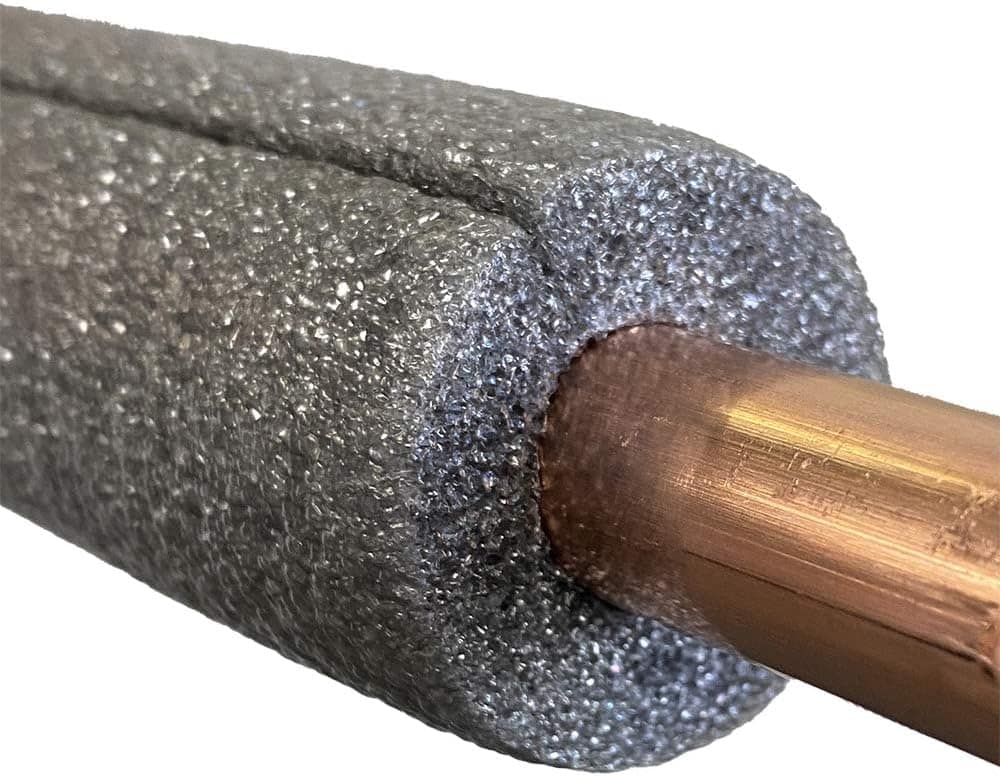
Outdoor faucets are particularly vulnerable to the harsh effects of cold weather. When temperatures plummet, these fixtures can easily freeze, leading to a host of problems, including burst pipes and water damage. To safeguard your outdoor faucets and ensure their proper functioning throughout the winter, consider using insulated faucet covers.
Insulated faucet covers are designed to shield outdoor faucets from the cold, providing an additional layer of protection beyond what your home’s insulation can offer. These covers are simple to install and offer several benefits:
a. Temperature Regulation: Insulated faucet covers help maintain a stable temperature around your outdoor faucets, preventing them from freezing even during the most frigid weather conditions. This is crucial in regions with harsh winters.
b. Energy Efficiency: By insulating your faucets, you can reduce heat loss from your plumbing system. This can lead to energy savings as your hot water heater won’t have to work as hard to compensate for heat loss.
c. Preventing Costly Repairs: The cost of repairing frozen and burst pipes can be substantial. Insulated faucet covers are a cost-effective preventive measure that can save you money in the long run.
d. Easy Installation: Installing insulated faucet covers is a simple DIY task. Most covers come with Velcro straps or other fastening mechanisms that make installation a breeze.
e. Durability: These covers are typically made from durable materials that can withstand the elements, ensuring long-term protection for your outdoor faucets.
Conclusion
Preventing your faucets from freezing in the winter season is a proactive way to protect your home, save money on repairs, and maintain a reliable water supply. By insulating pipes, draining outdoor faucets, using heat tape, sealing gaps, and following other preventative measures, you can enjoy a worry-free winter without the hassle of frozen faucets. Take the time to prepare your plumbing system now, and you’ll thank yourself when the temperature drops. Stay warm, stay prepared, and stay water-wise this winter.
FAQs
Q: Why do faucets freeze in the winter?
A: Faucets freeze in the winter because the water inside them can turn to ice when exposed to freezing temperatures. This can lead to damage and blockages in the plumbing system.
Q: What is faucet insulation, and how does it work?
A: Faucet insulation involves covering your outdoor faucets with insulating materials like foam or faucet covers. These insulators help retain heat and prevent the faucet from freezing by creating a barrier against cold temperatures.
Q: Should I leave my faucets dripping in cold weather?
A: Yes, leaving your faucets dripping slightly can help prevent freezing. Running water is less likely to freeze, so letting a small, continuous stream flow can keep the faucet from becoming blocked by ice.
Q: What is a frost-free faucet, and how does it work?
A: A frost-free faucet is designed to prevent freezing by having a longer valve stem that’s located inside your home, where it’s warmer. When the faucet is turned off, the water drains from the exposed part, reducing the risk of freezing.
Q: When should I disconnect and drain my garden hoses?
A: You should disconnect and drain garden hoses before the first freeze of the season. Water left in hoses can freeze and damage both the hose and the faucet it’s connected to.
Q: Can I use heat tape to prevent freezing faucets?
A: Yes, heat tape or heat cable can be used to wrap around outdoor pipes and faucets to provide warmth and prevent freezing. Be sure to follow the manufacturer’s instructions when using heat tape.
Q: What are the signs that my faucet has frozen or is at risk of freezing?
A: Signs of a frozen faucet or a faucet at risk of freezing include reduced or no water flow, unusual noises, or visible frost or ice on the exterior of the faucet.
Q: How do I thaw a frozen faucet safely?
A: To safely thaw a frozen faucet, you can use a gentle heat source like a hairdryer or a heat lamp. Never use an open flame or high heat to avoid damaging the pipes.

